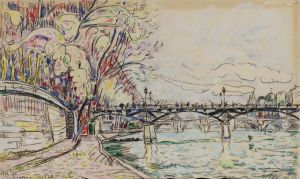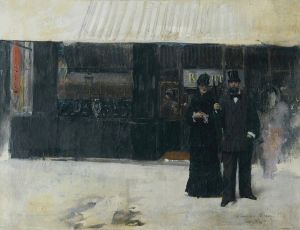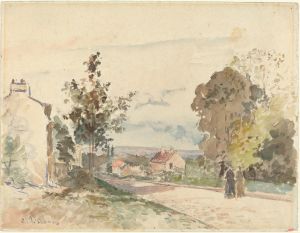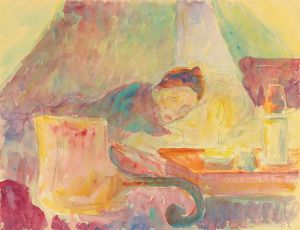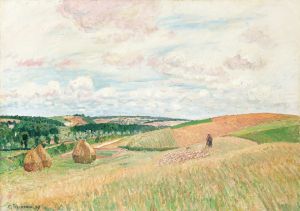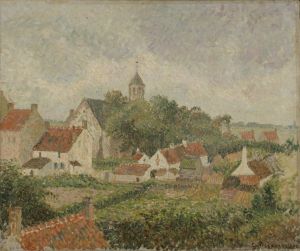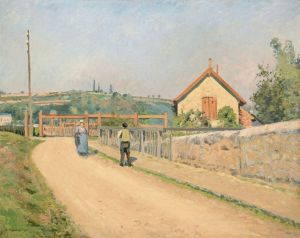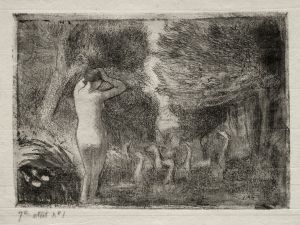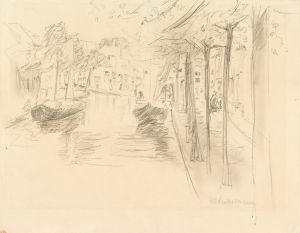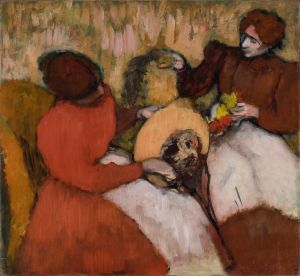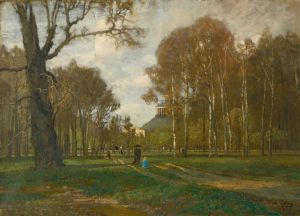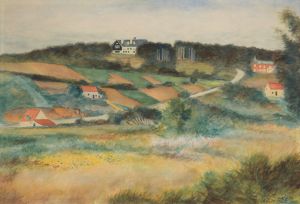
L’Avenue de l’Opéra
A hand-painted replica of Camille Pissarro’s masterpiece L’Avenue de l’Opéra, meticulously crafted by professional artists to capture the true essence of the original. Each piece is created with museum-quality canvas and rare mineral pigments, carefully painted by experienced artists with delicate brushstrokes and rich, layered colors to perfectly recreate the texture of the original artwork. Unlike machine-printed reproductions, this hand-painted version brings the painting to life, infused with the artist’s emotions and skill in every stroke. Whether for personal collection or home decoration, it instantly elevates the artistic atmosphere of any space.
L’Avenue de l’Opéra is an oil painting created by the French Impressionist artist Camille Pissarro in 1898. This artwork is part of a series of urban scenes that Pissarro painted during his later years, focusing on the bustling streets and architecture of Paris. The painting depicts the Avenue de l’Opéra, a prominent boulevard in the French capital, as seen from a high vantage point. The scene captures the lively atmosphere of the avenue, with carriages, pedestrians, and the architectural details of the surrounding buildings rendered in Pissarro's characteristic Impressionist style.
Pissarro painted this work during a period when he was exploring urban landscapes, a departure from his earlier focus on rural scenes. This shift was partly due to his declining health, which made it difficult for him to work outdoors in the countryside. Instead, Pissarro often rented rooms in hotels or apartments with views of Parisian streets, allowing him to paint from the comfort of an indoor setting. For this particular painting, he worked from a room overlooking the Avenue de l’Opéra, capturing the dynamic energy of the city.
The painting is notable for its use of light and color, hallmarks of the Impressionist movement. Pissarro skillfully conveys the effects of natural light on the scene, using a palette of soft, muted tones to depict the interplay of sunlight and shadows. The brushwork is loose and textured, creating a sense of movement and vitality. The composition emphasizes the perspective of the avenue, drawing the viewer's eye toward the vanishing point at the center of the canvas.
L’Avenue de l’Opéra reflects Pissarro's interest in modern urban life and his ability to find beauty in the everyday. The painting is also significant for its documentation of Paris during the late 19th century, a time of rapid modernization and transformation under Baron Haussmann's urban renewal projects. The wide boulevards, uniform façades, and bustling activity seen in the painting are emblematic of this era in the city's history.
Today, L’Avenue de l’Opéra is recognized as an important example of Pissarro's urban works and his contribution to the Impressionist movement. The painting is held in the collection of the Musée d'Orsay in Paris, where it continues to be admired by visitors for its vibrant depiction of city life and its masterful execution.





